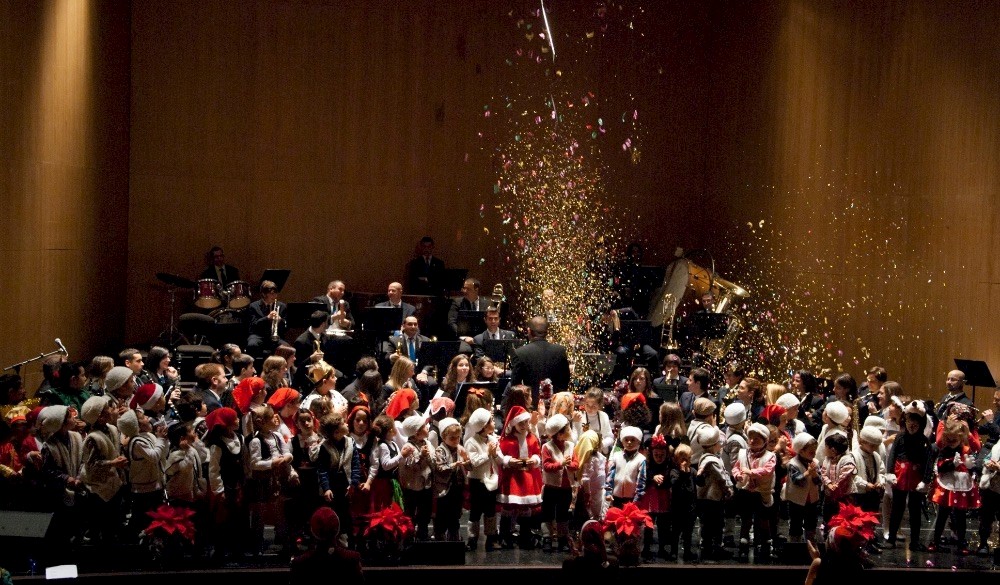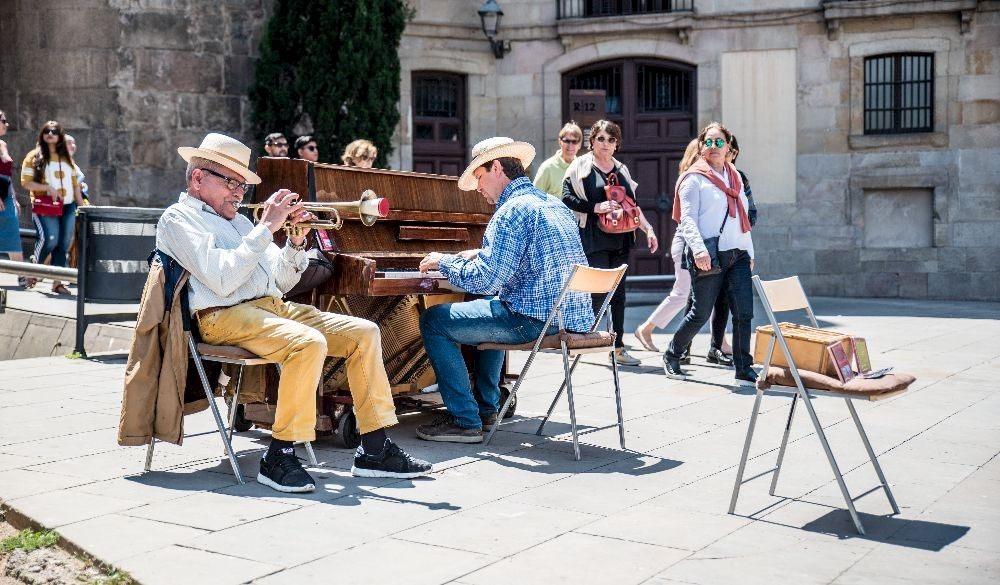The seasonal sweet synonymous with Christmas in Spain has a fascinating history.
Forget decorations and Christmas music in the aisles of your local supermarket. The real indication that the festive season is approaching in Spain is the arrival of Turron close to the checkout tills!
Turron has become as much a part of the Spanish Christmas tradition as the leg of jamon and bottles of cava chilling festively in the fridge at home. Many families keep a box of turrones on hand for parties or last minute guests, as it goes down well with an afternoon coffee or even the aforementioned bottle of cava…
Turron might be integral to Christmas celebrations, but its origins go much further back than the birth of Christ. To the Olympics, in fact, when the Greeks made a paste consisting of nuts (mainly almond) and honeys to give to for athletes competing in the Games as an energy enhancer.
Turron arrived in Spain during the 700-year period of Arab rule known as al – Andalus. The Moors were famed for their sweet tooth and one version of origin of turron was that it came from a competition. The challenge was to create a nutritious food that could be easily and that could be transported by the Arab troops as they travelled throughout the country.
Another claims that the sweet takes its name from the man who created it, a craftsman from Barcelona called Turró. His recipe used local produce that could be easily sourced and was stockpiled for times of scarcity and famine.
Turron expert Fernando Galiana states that the word turron comes from torrat, which was a mixture of honey and nuts that cooked directly on the fire to give a consistent and easy to prepare source of food.
As with most things in Spain, there is even a wildly romantic story about the origins of Turron. It tells of a King who married Scandinavian princess. After moving to Spain, the princess pined for the beautiful landscapes of her country full of perpetual snow. Desperate to see his new bride smile again, the King hit upon the idea of planting thousands of almond trees on the land around the castle. When the almond trees bloomed, the landscape turned white, as if it was under a blanket of snow, and the princess smiled again. The local people made use of the almonds to create the first turron.
Smiling Scandinavian Princesses aside, recent historical data indicates that turron already existed in the town of Sexona (now called Jijona) in the sixteenth century. The link to Christmas also goes back to around that period. Francisco Martínez Montiño, head chef for King Felipe II, mentions the custom of eating turron during the festive season in his Christmas customs book of 1584.
There are two distinct styles of turrón, which reflect the produce from the cities that they originated from. Turrón de Alicante (also known as turrón duro), from the south eastern coastal Spanish city, uses whole Marcona almonds, which are bound together with whipped egg whites, honey, and sugar. This results in a crunchy nutty and sweet confection. Turrón de Jijona (also known as turrón blando) on the other hand, is made in a small town 30km inland from Alicante, with ground Marcona almonds, whose extra oil gives the turrón a rich, chewy texture.
Even the distribution is the stuff of romantic legend. In late nineteenth and early twentieth centuries, many Jijonen families went to sell turron in the large cities of Spain. They arrived with loaded carts and had to sell all of their stock before they could return home. With money so tight, many of them lived in tumbledown shacks on the entrance to the cities, selling the turron to the population as they made their way through the city gates.
Traditions die hard in Spain, and although the turron vendors are now considerably better off than their ancestors, some families still use these old buildings, as the public still prefer this centuries old method of buying turron!


